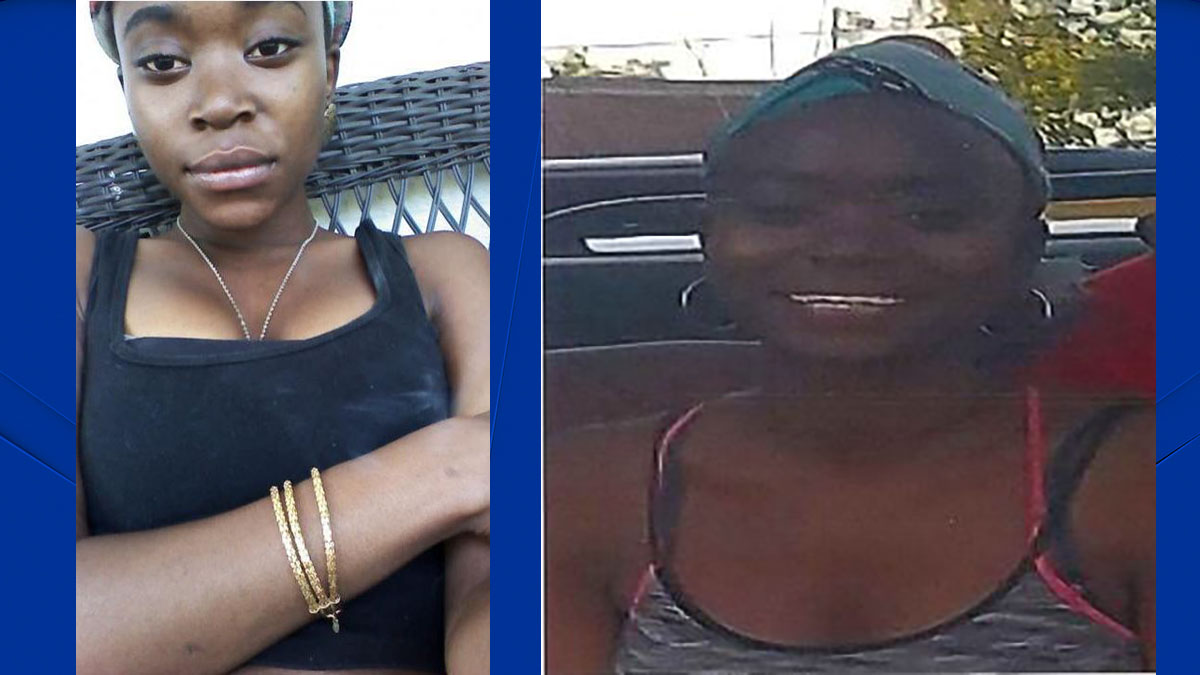Nearly 4,000 young people have participated in the first year of a sweeping effort to help young minority men in ways ranging from job internships to inmate education, Mayor Michael Bloomberg said Thursday.
Financed partly with the billionaire mayor's own money, the three-year, $127 million Young Men's Initiative is intended to lower poverty, crime, unemployment and dropout rates among black and Latino males between 16 and 24.
The effort takes aim at a host of what officials see as underlying problems. Its year-one report describes initiatives as diverse as a "fatherhood academy" at a community college and a directive erasing criminal-history questions from initial employment applications for many city agencies. The idea is aimed at fields in which a conviction might not be relevant.
Minority advocates have praised Young Men's Initiative as extending a hand to a group burdened by problems that have persisted over generations. But others have questioned the project's fairness and effectiveness.
Bloomberg said he was encouraged by the work so far — at this early stage, mainly changing policies and starting programs.
"In our first year, we've made real progress," he said at a news conference at a Brooklyn detention center for juvenile offenders.
Some 45 youngsters are now living at the juvenile center and in other facilities overseen by the city, instead of state-run centers that often were farther from their families and gave educational credits that didn't transfer to city schools, city officials said. The city pushed for a state law that allowed the local alternative, starting last month.
Local
Other aspects of the program include planning for eight new high schools with an emphasis on helping young black and Hispanic teens succeed; engaging minority men as anti-violence advocates in three areas so far; and opening four upbeat, employment-focused probation offices thus far in neighborhoods, instead of the often-drab spots in courthouses.
"I can't believe I'm actually saying this, but this room is somewhere I'm happy to be," probationer Anthony Berrios, 17, said at the September opening at one of the overhauled offices, in the South Bronx.
Officials say they have good reason to focus on the city's young black and Hispanic men: Their poverty rate has been 50 percent higher, their unemployment rate 60 percent higher, and their dropout and teen fatherhood rates also higher than those of their white and Asian peers, according to a report when the initiative started in August 2011.
"We cannot continue to walk away from this population," Bloomberg said Thursday. "These are kids who have troubles, and if we don't help them, their lives will be a cycle of disaster, but it will also impact your life and my life and our kids' lives."
But some observers have questioned whether the $67 million might have been better spent on other ways to address disadvantage — and whether it is right to focus on one demographic.
"Discrimination is never a benefit. ... It's in (proponents') minds that black and Hispanic men need their charity because they have these stereotypes about black and Hispanic men as being criminals, as being undereducated," said Michael Meyers, executive director of the New York Civil Rights Coalition, a group that has complained previously about other city programs aimed at black men and girls.
The city says the Young Men's Initiative programs don't specifically exclude other ethnic groups or women, though they often are positioned to affect 16-to-24-year-old black or Hispanic men. Statistics weren't immediately available on how many people from other demographics have participated.
___



